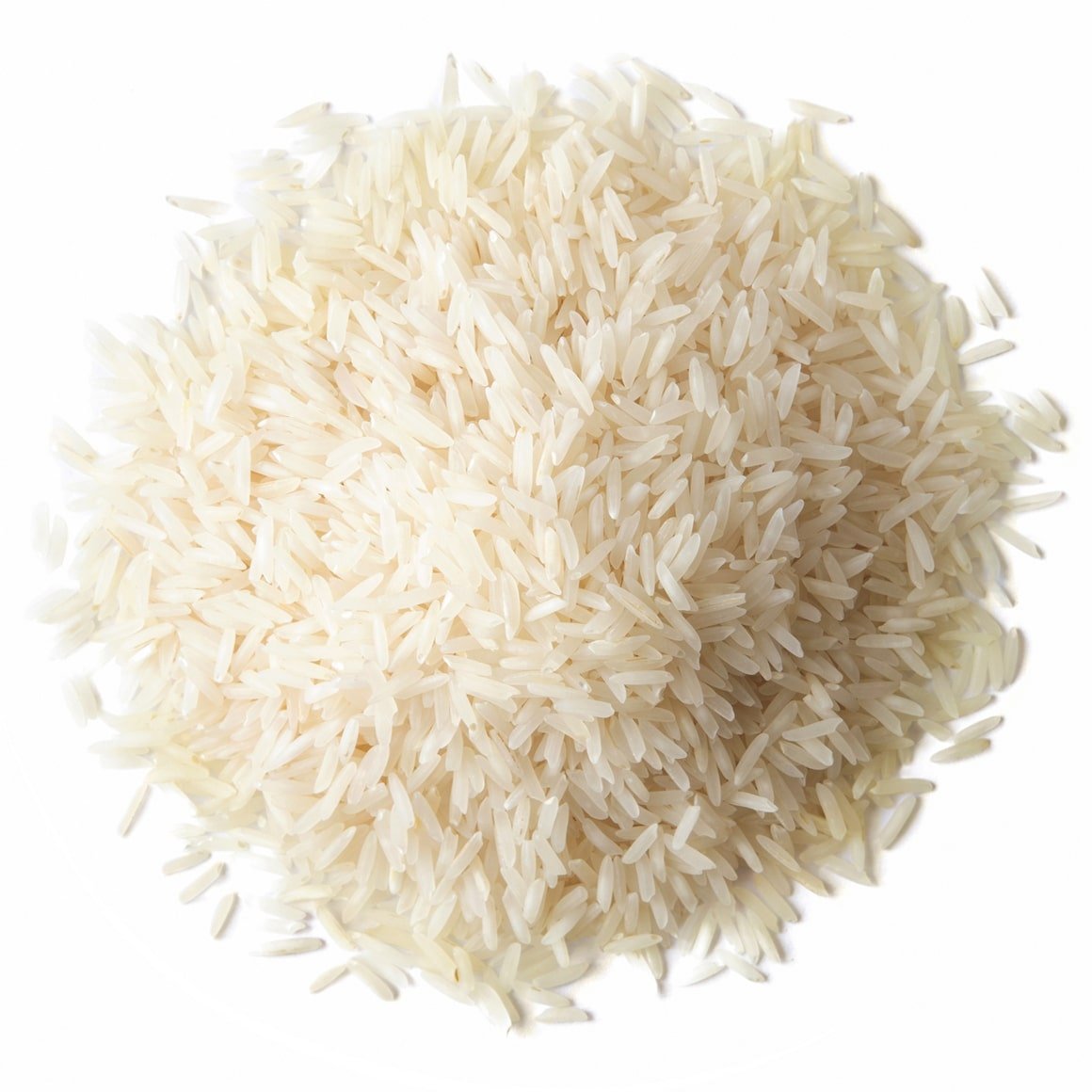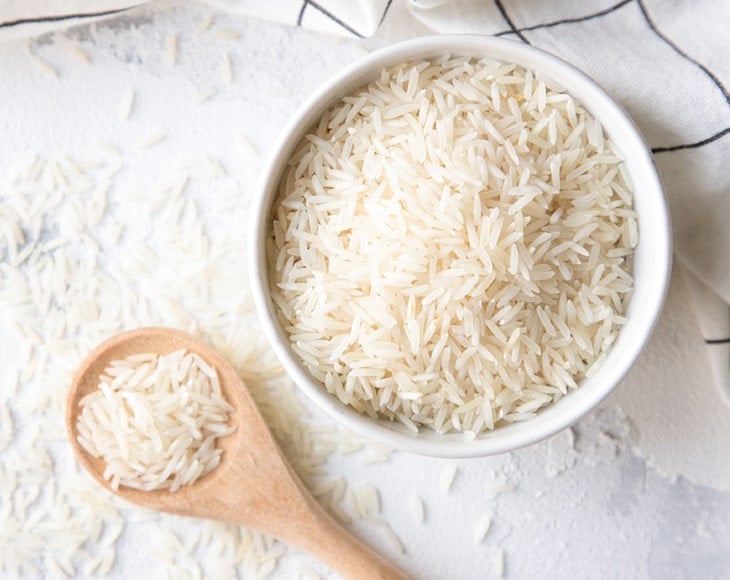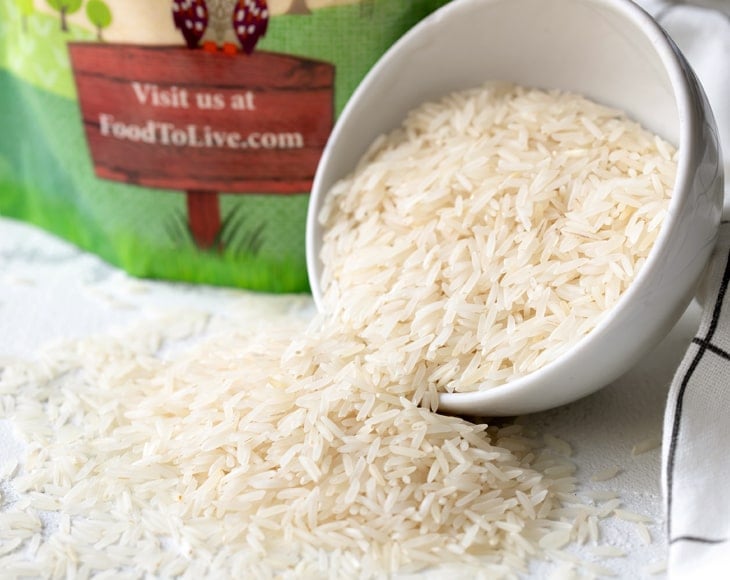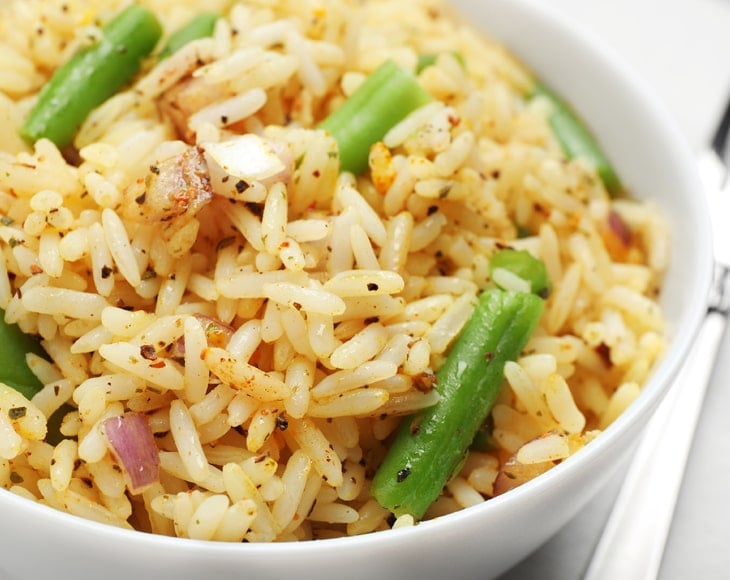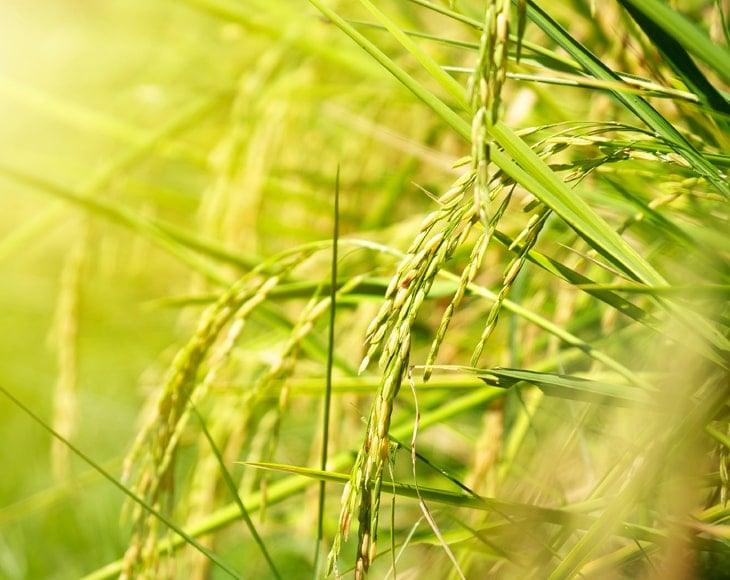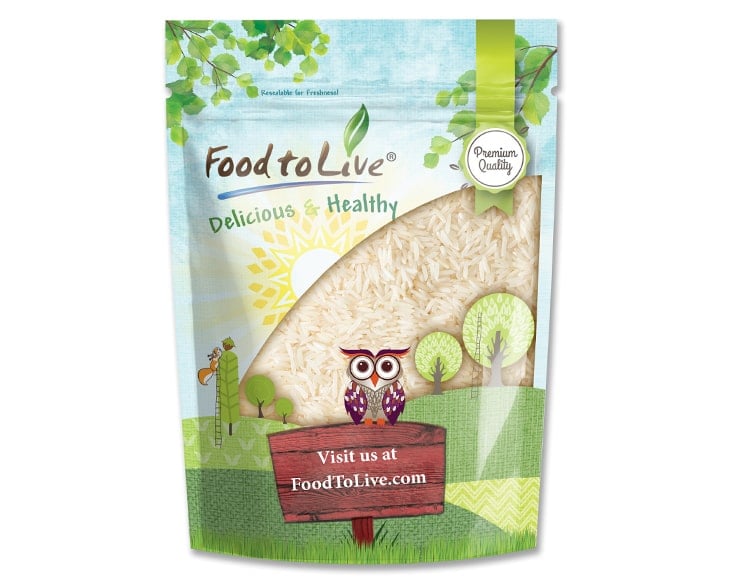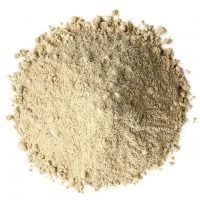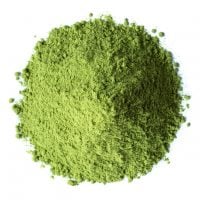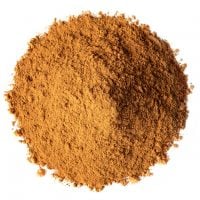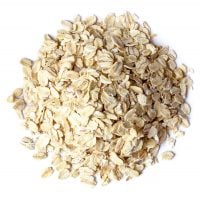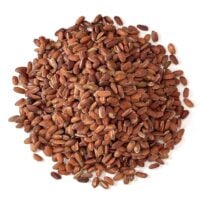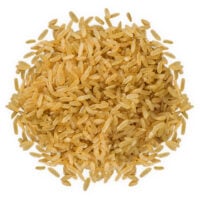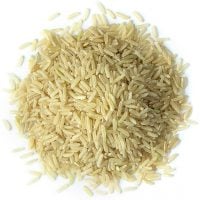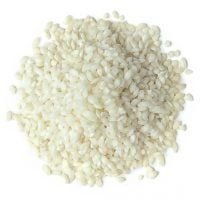- — Kosher, Raw, Vegan
- — Very Low in Cholesterol, Sodium, and Saturated Fat
White Jasmine Rice is one of the white long-grain rice varieties. As the title implies, it obtains a delicate jasmine aroma and has a white color. If jasmine rice is not available, the best alternative for it is basmati white rice. Since both types are of a long-grain variety, they’re both fluffy and not very sticky once prepared. The difference between the two, however, is that jasmine rice tastes plumper, softer, and a bit moister.
Long-grain Jasmine Rice is not only very fragrant and tasty but is also considered to be healthier and more nutritious than plain white rice. It includes limited, but measurable amounts of Calcium, some protein, and very little fat. Along with Iron, it also contains B vitamins. These beneficial elements are important for transforming products you eat into energy.
How to Сook White Jasmine Rice
Jasmine rice is widely used for many Asian dishes such a congee, rice puddings, and Thai stir-fries. You can also use it as a garnish for your meat or fish dishes. There are a few easy steps to prepare Food to Live White Jasmine Rice.
Cooking Instructions
- Place 1 cup of rice in a medium pot and add 1-3/4 cups water.
- Add 1-1/2 tbsp unsalted butter and 1/2 teaspoon salt.
- Bring the water, butter, salt, and rice to a boil.
- Cover the pot with a tight-fitting lid, then turn the heat down to a simmer and cook for 15 to 20 minutes, until all of the water is absorbed and the rice is tender.
Storage Tips
As you already know this particular rice variety is the most popular, so to overcome the jasmine rice shortage we recommend buying jasmine rice in bulk. Note, the price is less when you shop bulk and it can be stored in a tightly-closed container in a cool dry place for up to 1.5 years.
Did You Know
It is named after its color, which is the same as the color of a jasmine flower.
Jasmine rice originated from Thailand, where it is a key ingredient of Thai national cuisine and remains a famous product for sale.



